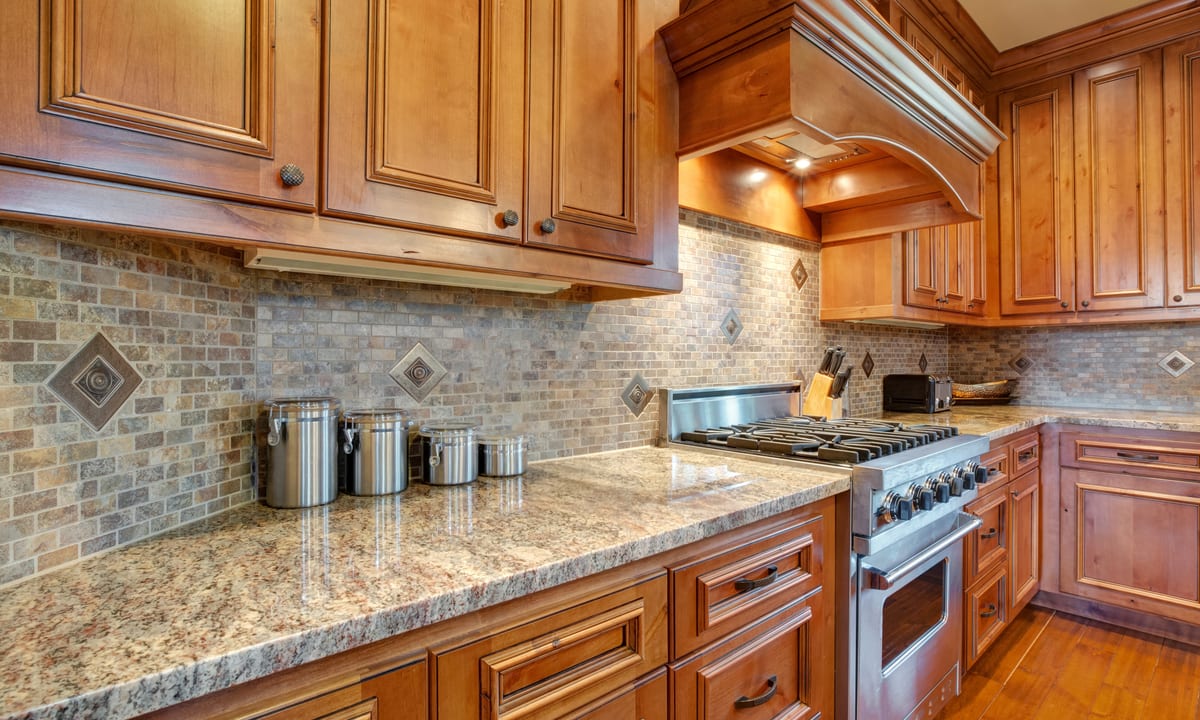Choosing the Right Kitchen Cabinets: Types, Materials, and Sizing Guide
Kitchen cabinets are a crucial element in any home, serving both functional and aesthetic purposes. Whether you're renovating your existing kitchen or designing a new one, selecting the right cabinets can significantly impact the overall look and functionality of your space. This comprehensive guide will explore popular types of kitchen cabinets for different layouts, compare materials like plywood, MDF, and solid wood, and help you understand how to choose sizes based on your kitchen space.

What are the most popular types of kitchen cabinets?
Kitchen cabinets come in various styles to suit different layouts and preferences. Some of the most popular types include:
-
Base cabinets: These are the lower cabinets that sit on the floor and typically support countertops.
-
Wall cabinets: Mounted on the wall above countertops or appliances, these provide additional storage space.
-
Tall cabinets: Also known as pantry cabinets, these floor-to-ceiling units offer ample storage for food and kitchen items.
-
Island cabinets: Designed for kitchen islands, these provide storage and workspace in the center of the room.
-
Corner cabinets: Specially designed to maximize storage in awkward corner spaces.
-
Pull-out cabinets: Featuring sliding shelves or drawers, these cabinets offer easy access to items stored at the back.
How do different cabinet materials compare in durability and cost?
When it comes to cabinet materials, three popular options are plywood, Medium-Density Fiberboard (MDF), and solid wood. Each has its own strengths and considerations:
Plywood:
-
Durability: Good resistance to warping and moisture
-
Cost: Moderate
-
Pros: Lightweight, stable, and can hold screws well
-
Cons: May have visible edges and can be prone to chipping
MDF:
-
Durability: Less resistant to moisture than plywood
-
Cost: Generally less expensive than plywood or solid wood
-
Pros: Smooth surface, easy to paint, and consistent density
-
Cons: Heavier than plywood and can swell if exposed to moisture
Solid Wood:
-
Durability: Highly durable with proper care
-
Cost: Generally the most expensive option
-
Pros: Natural beauty, can be refinished, and long-lasting
-
Cons: Prone to warping or cracking with humidity changes
What factors should I consider when choosing cabinet sizes?
Selecting the right cabinet sizes is crucial for maximizing storage and ensuring a functional kitchen layout. Consider the following factors:
-
Kitchen dimensions: Measure your kitchen’s floor space, ceiling height, and wall lengths to determine available space for cabinets.
-
Appliance placement: Account for the size and location of appliances when planning cabinet placement and sizes.
-
Work triangle: Ensure cabinets don’t interfere with the efficient flow between the stove, sink, and refrigerator.
-
Storage needs: Assess your storage requirements and choose cabinet sizes accordingly.
-
Accessibility: Consider ergonomics and ease of reach when selecting cabinet heights and depths.
-
Visual balance: Aim for a harmonious look by maintaining consistent proportions throughout the kitchen.
How can I maximize storage in a small kitchen layout?
Small kitchens require clever storage solutions to make the most of limited space. Here are some tips:
-
Utilize vertical space with tall cabinets or open shelving.
-
Opt for corner cabinets with lazy Susans or pull-out systems to maximize awkward spaces.
-
Install cabinets above the refrigerator for additional storage.
-
Use pull-out organizers and drawer dividers to optimize interior cabinet space.
-
Consider slim pantry cabinets for storing spices and small items.
-
Incorporate a kitchen island with built-in storage if space allows.
What are some unique cabinet features to enhance kitchen functionality?
Modern kitchen cabinets offer various features to improve functionality and organization:
-
Soft-close hinges and drawers for quiet operation
-
Pull-out trash and recycling bins for easy waste management
-
Built-in charging stations for electronic devices
-
Customized storage solutions for pots, pans, and small appliances
-
LED lighting inside cabinets for improved visibility
-
Touch-to-open mechanisms for a sleek, handle-free look
How do I choose the right cabinet style for my kitchen design?
Selecting the appropriate cabinet style is crucial for achieving your desired kitchen aesthetic. Consider these factors:
-
Overall home design: Choose a cabinet style that complements your home’s architecture and interior design.
-
Personal preferences: Decide between traditional, modern, transitional, or eclectic styles based on your taste.
-
Color scheme: Select cabinet colors that coordinate with your kitchen’s color palette.
-
Hardware: Choose knobs, pulls, and hinges that enhance the cabinet style.
-
Door and drawer front designs: Consider options like raised panel, flat panel, or shaker style.
-
Glazing and finishes: Explore various finishes to add depth and character to your cabinets.
| Cabinet Material | Durability | Cost Range | Best For |
|---|---|---|---|
| Plywood | Good | $$ | Moisture-prone areas, budget-conscious renovations |
| MDF | Fair | $ | Painted finishes, cost-effective projects |
| Solid Wood | Excellent | $$$ | Long-term investments, high-end kitchens |
Prices, rates, or cost estimates mentioned in this article are based on the latest available information but may change over time. Independent research is advised before making financial decisions.
In conclusion, choosing the right kitchen cabinets involves careful consideration of cabinet types, materials, sizes, and styles. By understanding these factors and how they relate to your specific kitchen layout and needs, you can make informed decisions that will result in a beautiful, functional, and long-lasting kitchen design.




